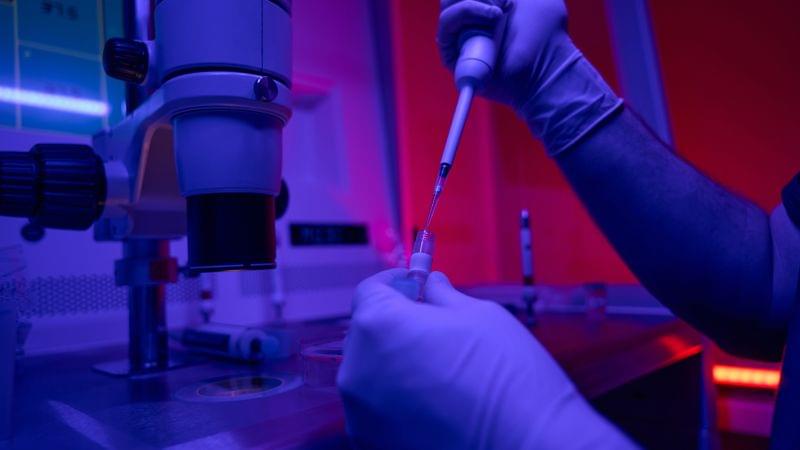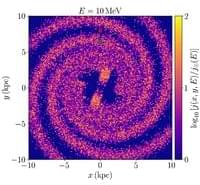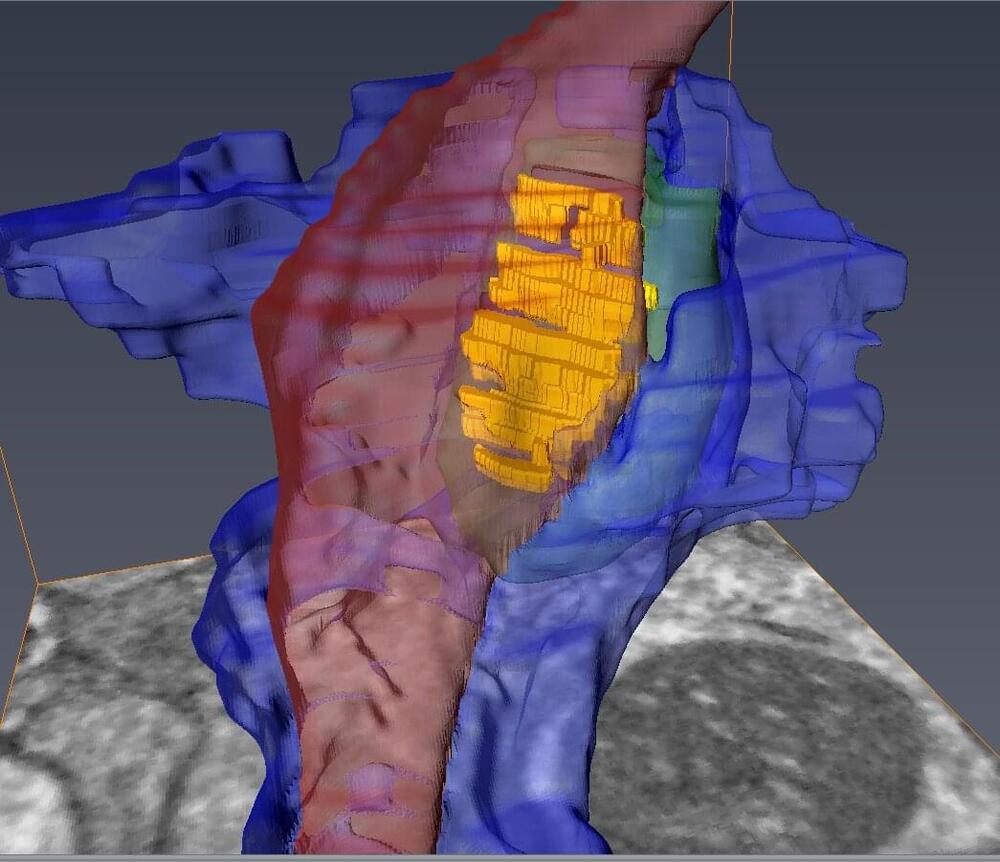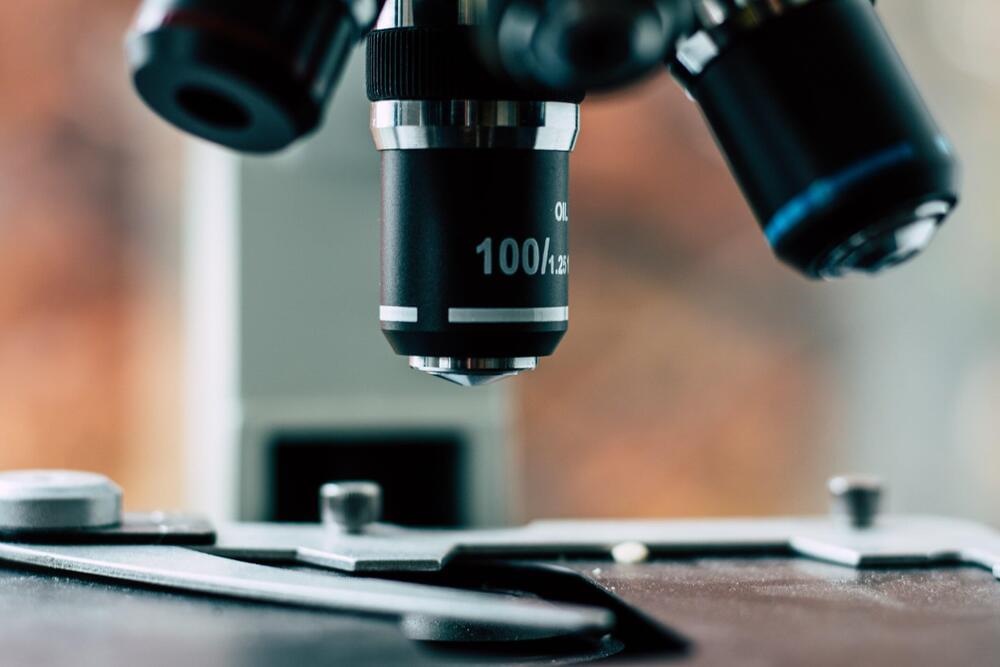Jun 15, 2023
Google Shopping introduces new AI modeling feature
Posted by Gemechu Taye in category: robotics/AI
Starting today, users in the US can see how women’s tops from H&M, Anthropologie, Everlane, and Loft will look on a wide range of real human models. New filters aim to make finding clothes easier.
Google is introducing two new features for its online shopping experience that are designed to help users search for clothes in more detail and better visualize how clothing will look on different body types.
Starting today, Google Shopping users in the US can access a virtual try-on experience that realistically displays how an item of clothing will look on a selection of real human models. These models are available with various skin tones, ethnicities, hair types, and body shapes, ranging in size… More.
Continue reading “Google Shopping introduces new AI modeling feature” »

















